Can a hand mixer replace a stand mixer? Experts bake down the differences
We're finally getting closure on the stand mixer vs hand mixer debate
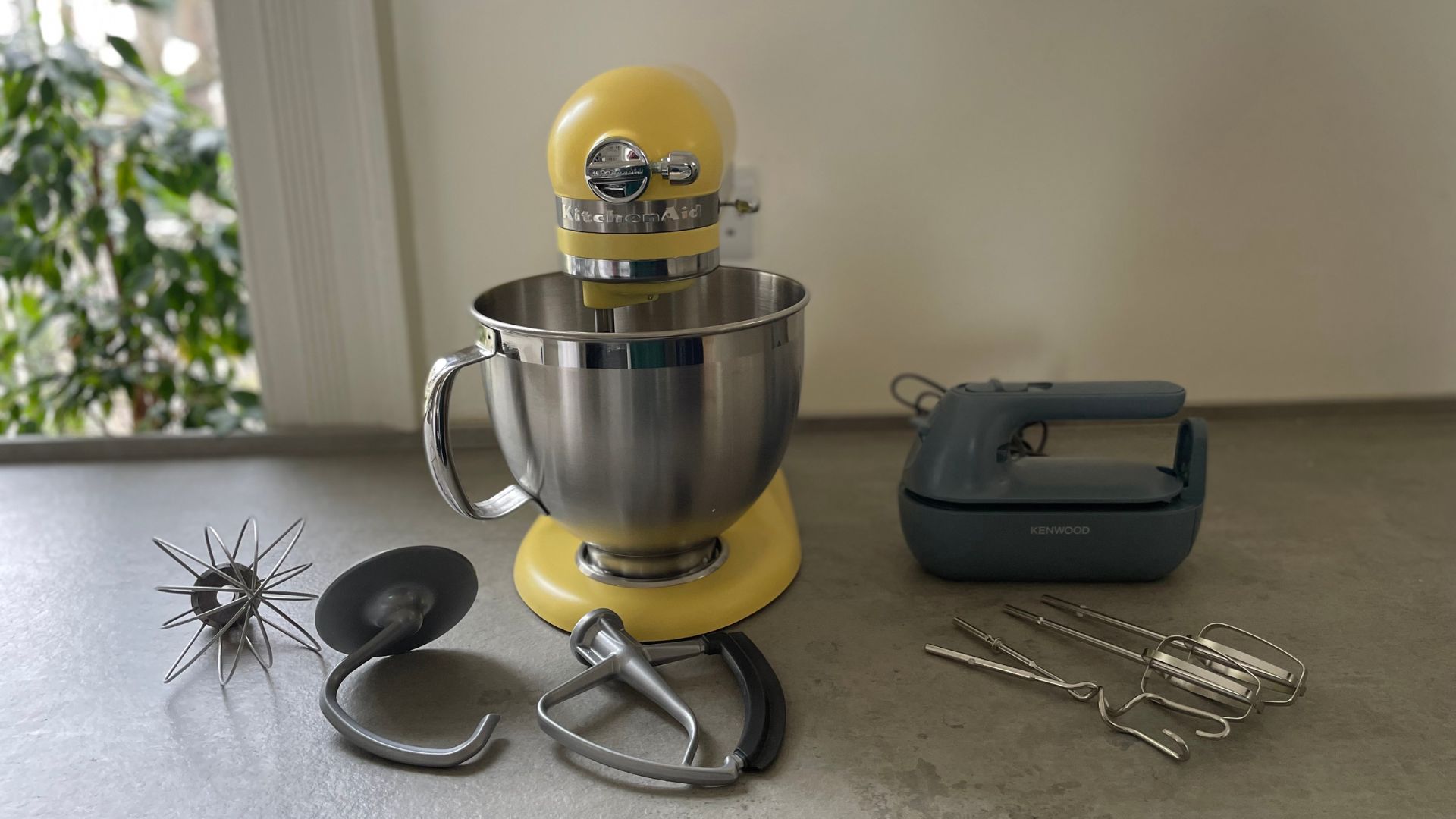

If, like me, you grew up creaming butter and sugar by hand, whisking your cream manually, and kneading your bread using just the muscles in your arms, you’ll know how exciting both hand mixers and stand mixers can be. Both have a lot to offer busy bakers and chefs, but the question is, which one should you buy?
I’ve put the best stand mixers head to head against some of my favourite hand mixers to give you the nitty gritty details of where each is better and who they suit. There’s no searching for crumbs here.
With advice from professional pastry chefs, bakers, all informed by my own personal experience, I'll give you a break down of everything that you need to know before making the investment.
Why buy a stand mixer?
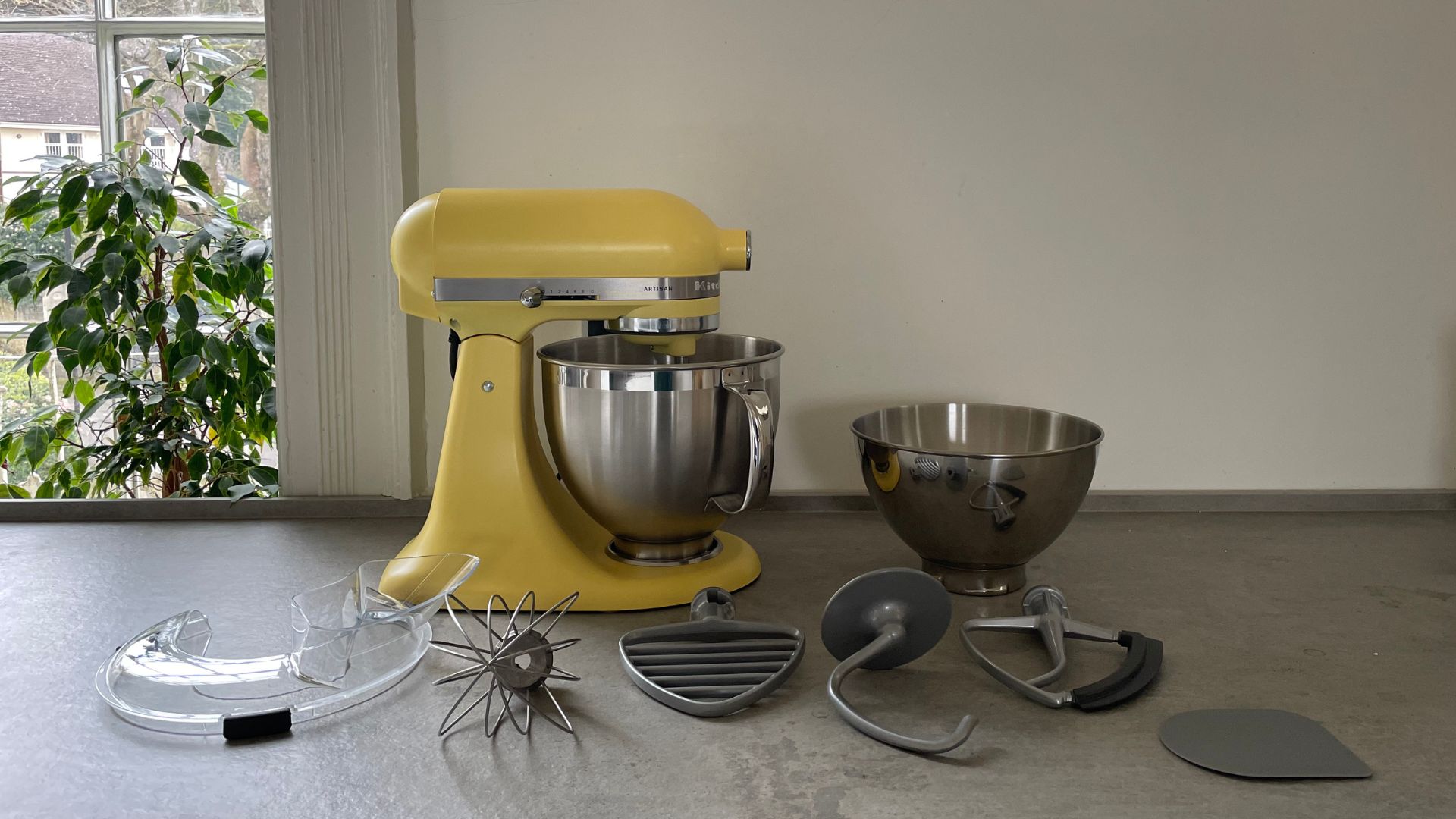
Stand mixers are famously used by serious bakers. Thinking of entering The Great British Bake Off? You’ll want to have one of these handy. Wanting to show off your lovely kitchen, you’ll want a kitchen mixer. Channelling Kate Middleton’s class and elegance? Yep, you guessed it. A KitchenAid is in order.
On the whole, stand mixers are generally big appliances. This works both in their favour and against them. It means that they can effortlessly tackle big bread loaves and batches of cupcakes that could feed the 5,000, but it does also mean that you need to set aside some serious counter space to accommodate your stand mixer. They’re heavy too, so once you set it down, there is where it’ll stay.
The beauty of these appliances is that everything stays in the bowl. If you’ve got arthritis, mobility issues or you’re not feeling very strong, you’re fine to just choose a speed setting and let the motor do all the hard work. There’s no pushback or resistance from you. In fact, the most strenuous part of baking with a stand mixer will be getting your mix out of the bowl and that’s not particularly sweat-inducing anyway.
Katherine Sprung, award-winning pastry chef, says "a stand mixer is going to give you the freedom to not hold the appliance to mix all your ingredients, so you can start working on the next step, or walk away for a moment, while your mixer is still at work. It's also going to whip things faster, have the ability to paddle (to cream, knock out air bubbles in frostings), and also knead dough for bread, with a hook attachment."
Sign up for the woman&home newsletter
Sign up to our free daily email for the latest royal and entertainment news, interesting opinion, expert advice on styling and beauty trends, and no-nonsense guides to the health and wellness questions you want answered.
In spite of their size, stand mixers are often treated as trophies. KithenAids in particular come with a lot of clout and prestige. There are lots of colour and style options on offer, so it's easy to style. By virtue of their popularity, you also get a lot of accessories that come with your stand mixer. You could use yours to grind meat, make ice cream, and crush ice. If you want to see some of my favourites, here are my top three picks:
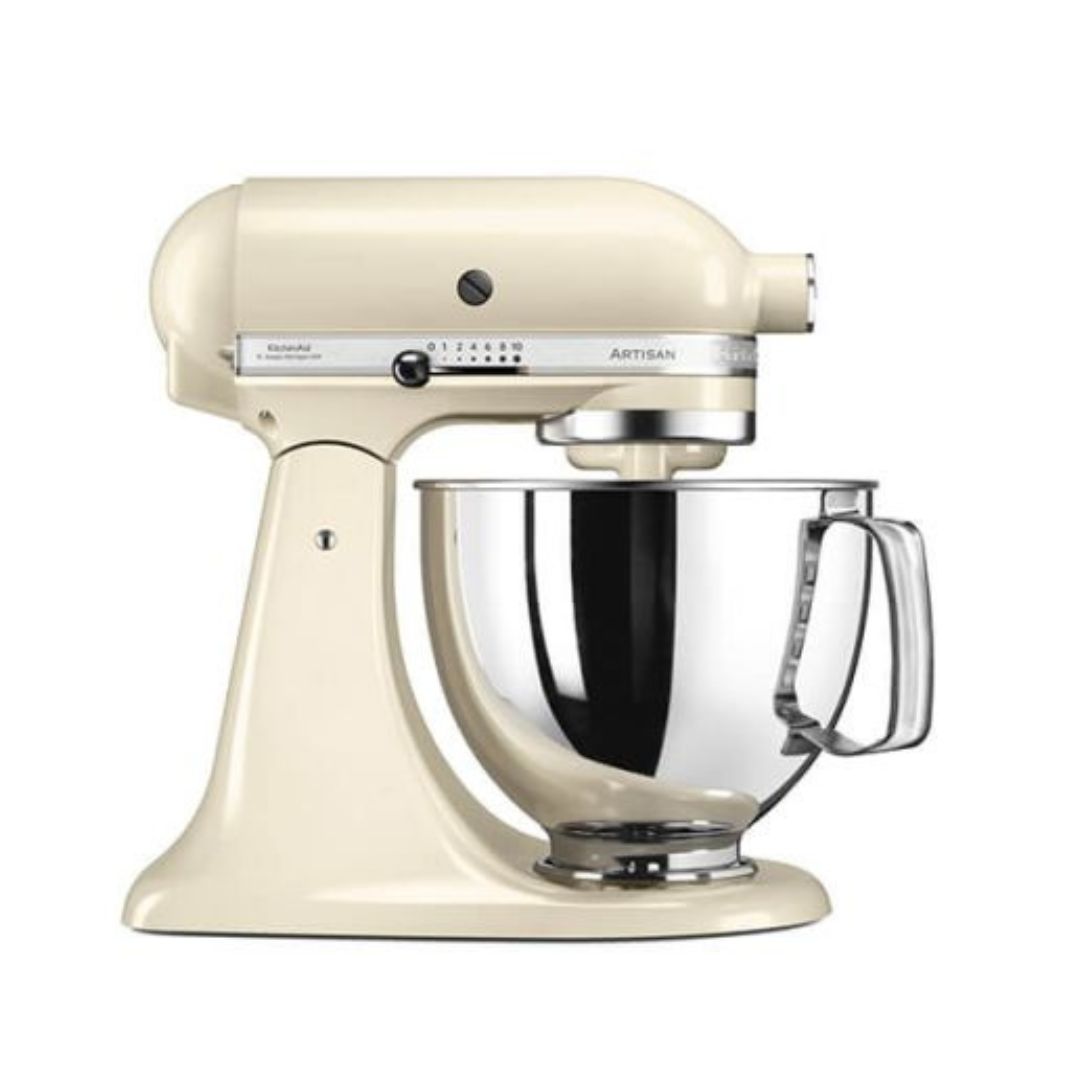
This iconic stand mixer is the best of the best. Available in 32 different colours with plenty of extra accessories, it's impossible not to love.
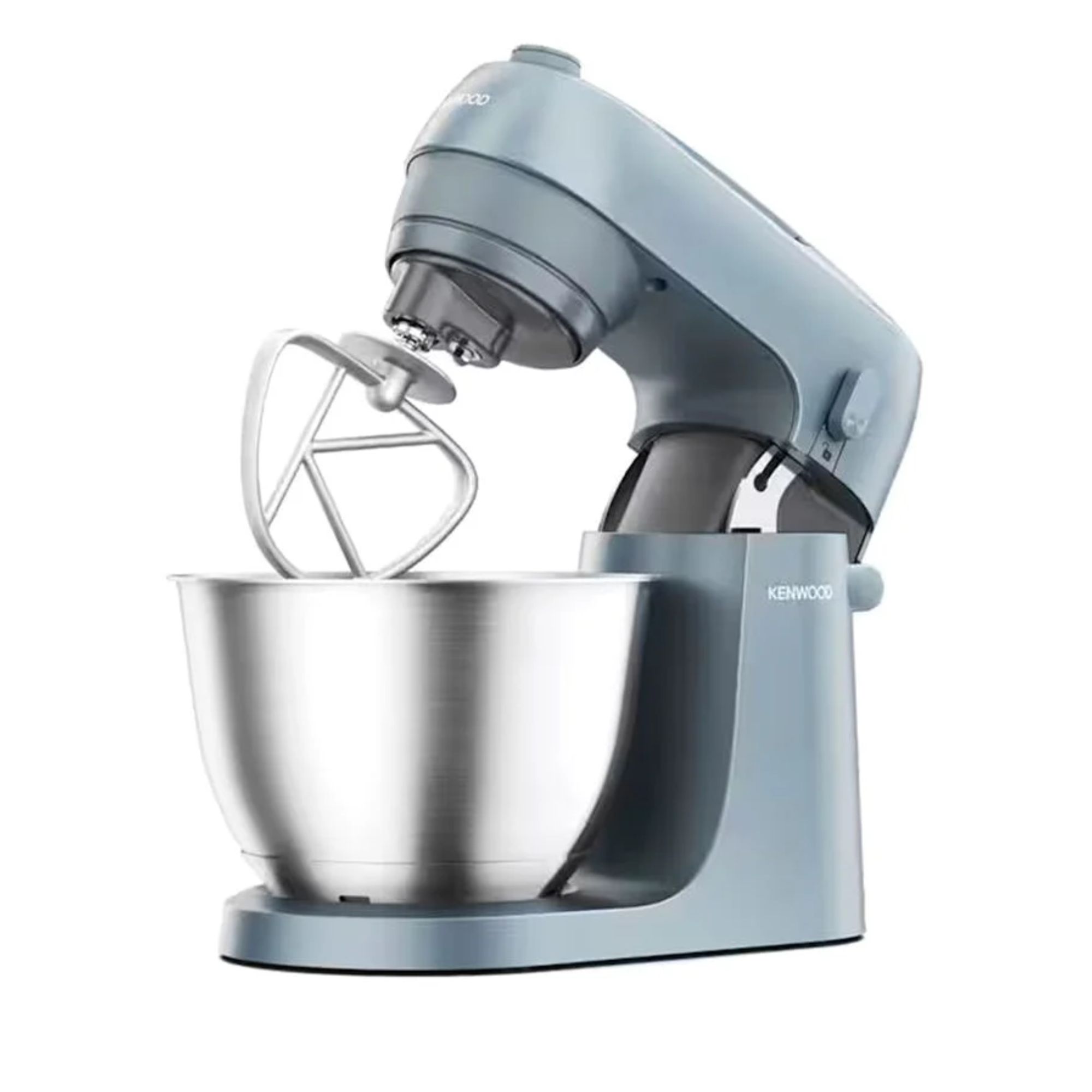
At just 30cm tall, this is the stand mixer for small homes. It doesn't compromise anywhere (the bowl is only 0.8L smaller than a KitchenAid) and it's cheaper too.
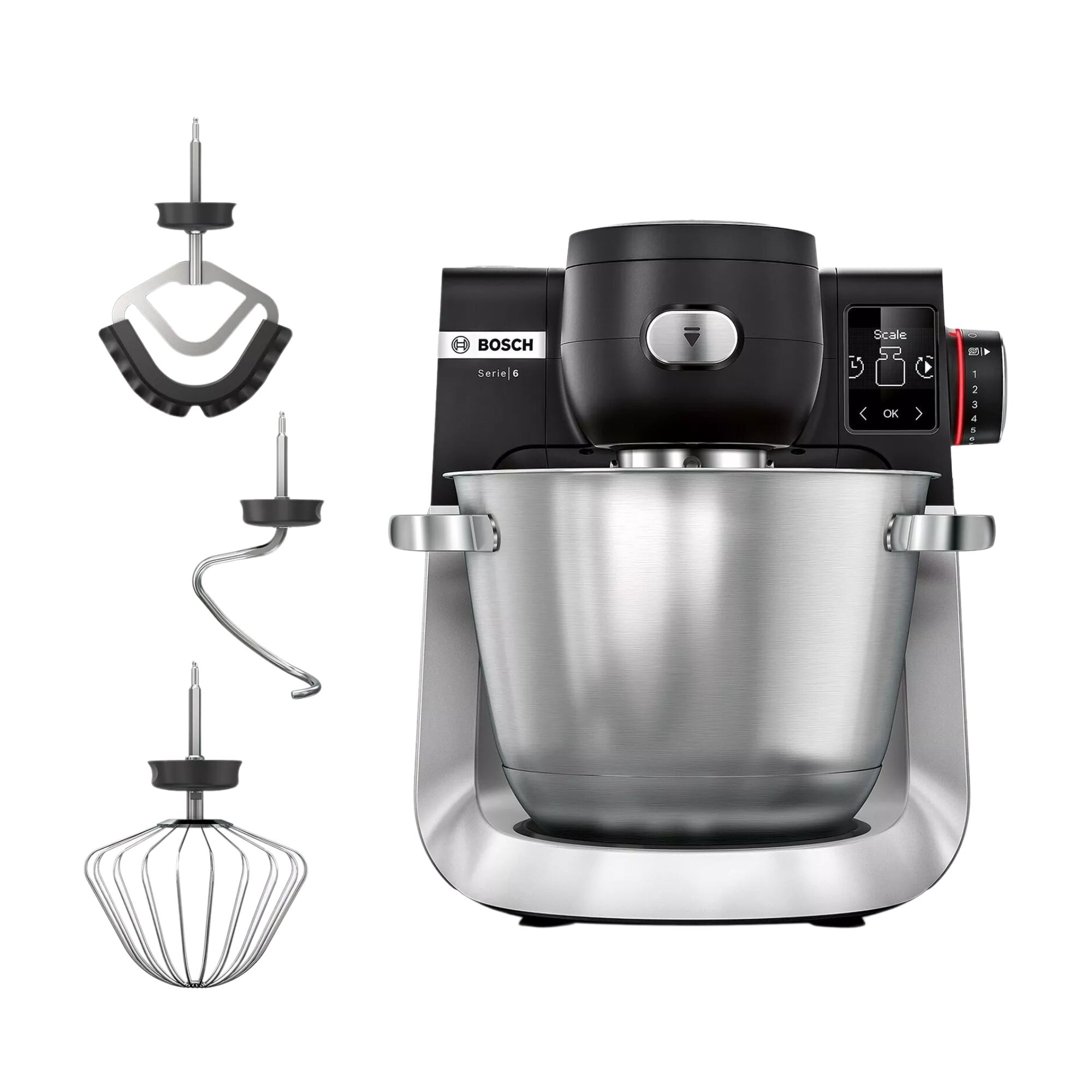
This clever model has scales, a timer, and pre-sets integrated. It feels like a stand mixer from the future and is mesmerising to watch. Get it to impress your guests.
Why buy a hand mixer?
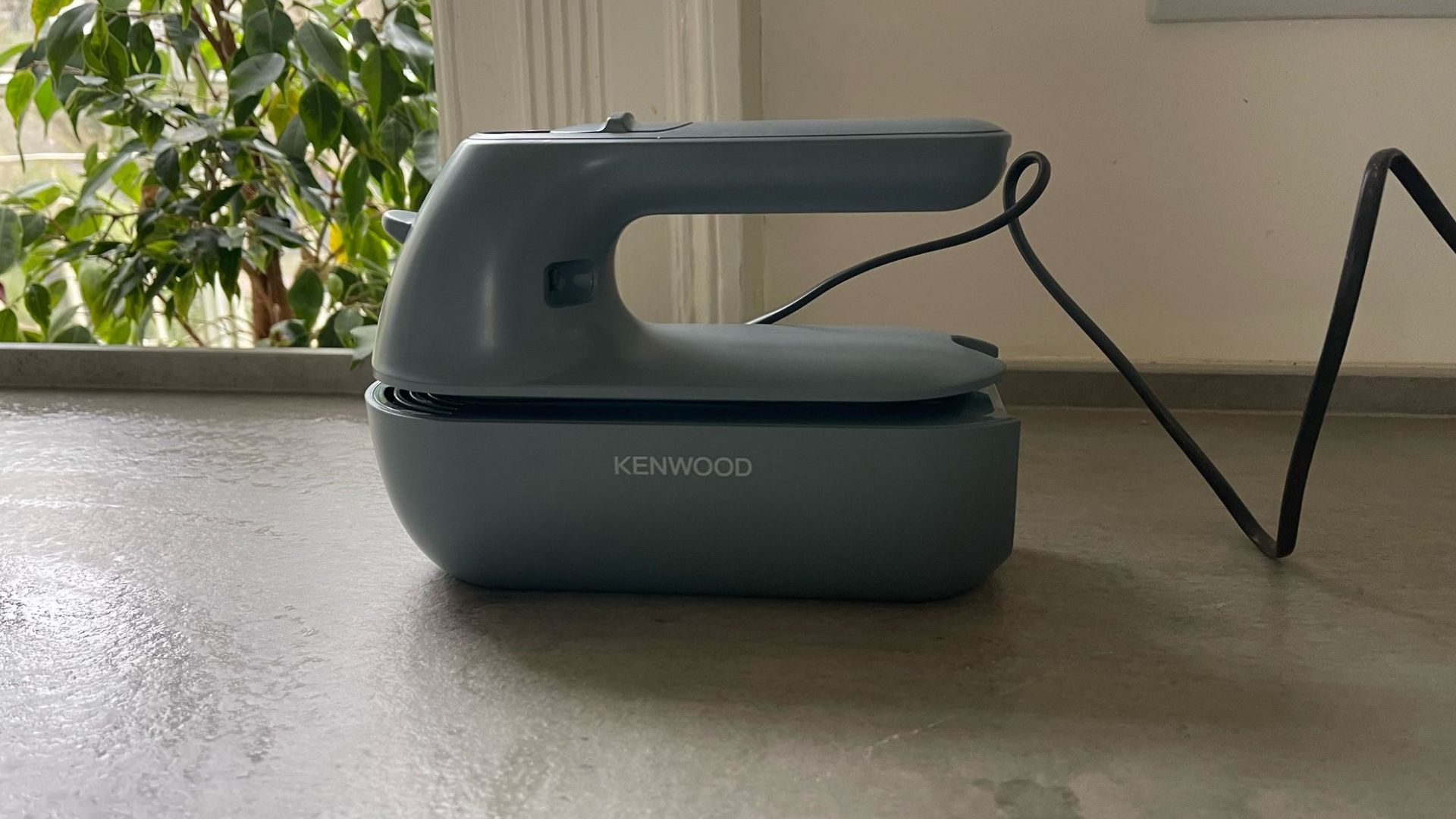
For all that I love stand mixers, they do take up a lot of space. Nifty little hand mixers can pack away in drawers and they’ll offer all the same accessory options as your beloved stand mixer. Even better, you get to choose the bowl that you’re using. So, if you only need to whip one portion of egg whites, you put them in your bowl and the hand mixer will whisk away. In that sense, these are much more versatile for different quantities and recipes. You can also angle them to tackle all sides of the bowl whilst focusing on specific areas.
Bernard Janssen, executive chef for Zwilling, says "a hand mixer is the better choice for small, quick tasks where you don’t want to deal with setting up a larger machine. If you’re making whipped cream, beating egg whites, or mixing pancake batter, a hand mixer does the job well without taking up counter space. It’s also easier to clean and store, making it a good option for kitchens with limited storage."
The main drawback is that it’s all done by hand — hence the name. If you struggle with wrist mobility or it’s easy for your arms to get tired, you’ll quickly feel it with your hand mixer. It’s also a little less powerful, so when you’re working with tougher bread doughs and different mixes, it can be a real struggle to hold your own and keep the attachments moving. I’ve often had to ditch my hand mixer when I’m making bread.
If you want a peek at my favourite hand mixers, here are the best three that I've tested:
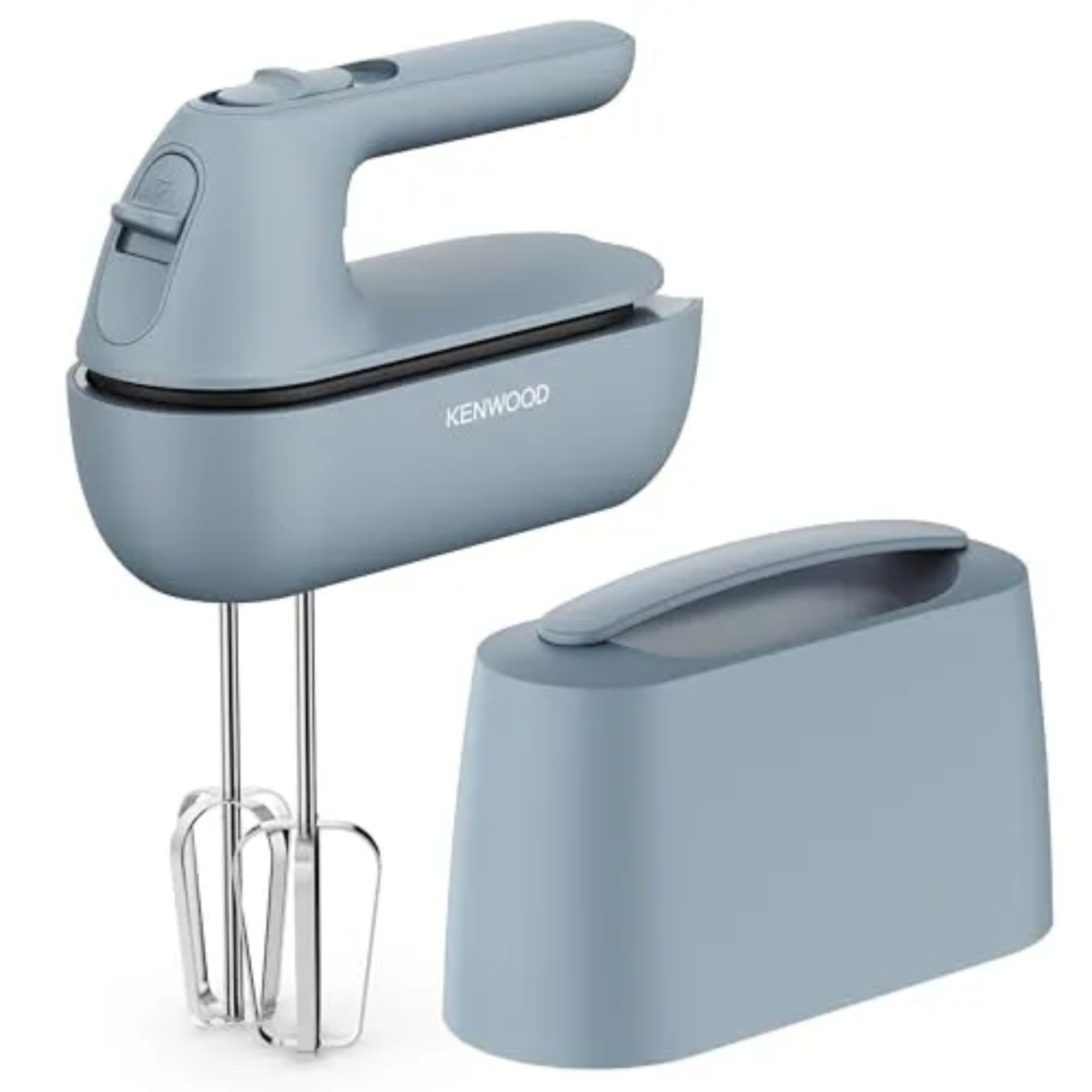
Kenwood has packed this with lots of clever design features. The attachments pack into the top case of the hand mixer and it boasts some impressive power too.
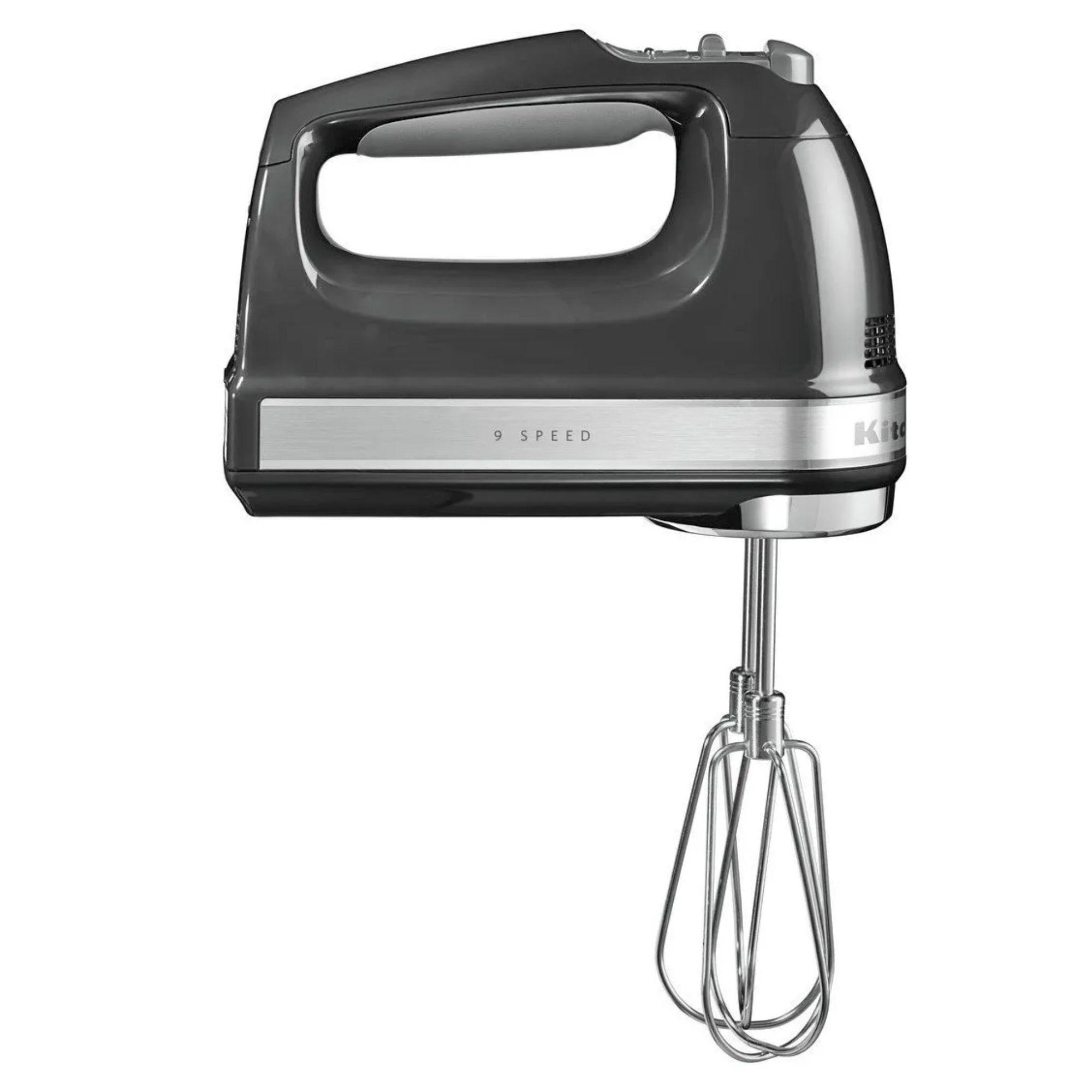
Of all the models that I've tested, this packs the most power. It rivals stand mixers in terms of how quickly it whips cream and comes with nine speed settings.
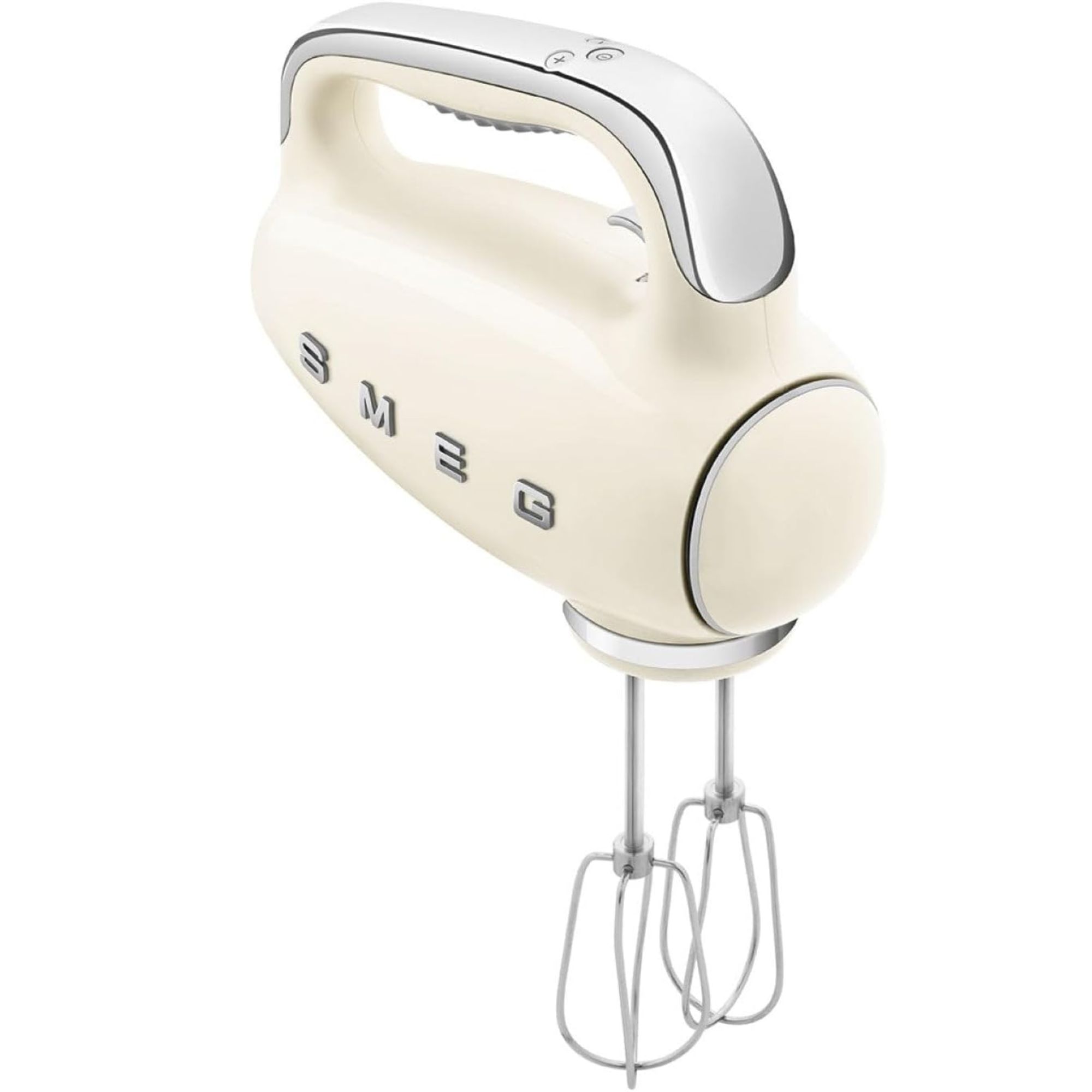
Smeg knows how to deliver on style. Their hand mixer comes in a range of beautiful pastel colours and has speeds versatile enough to cover all your home bakes.
Stand mixers vs hand mixers

I've put the Kenwood GO Hand Mixer head-to-head against the KitchenAid Artisan Stand Mixer to give you some nitty gritty details of exactly how these two appliances compare. We'll go through accessories and then my three tests: kneading bread, mixing cake batter, and whipping cream. Here are the delicious details:
Accessories
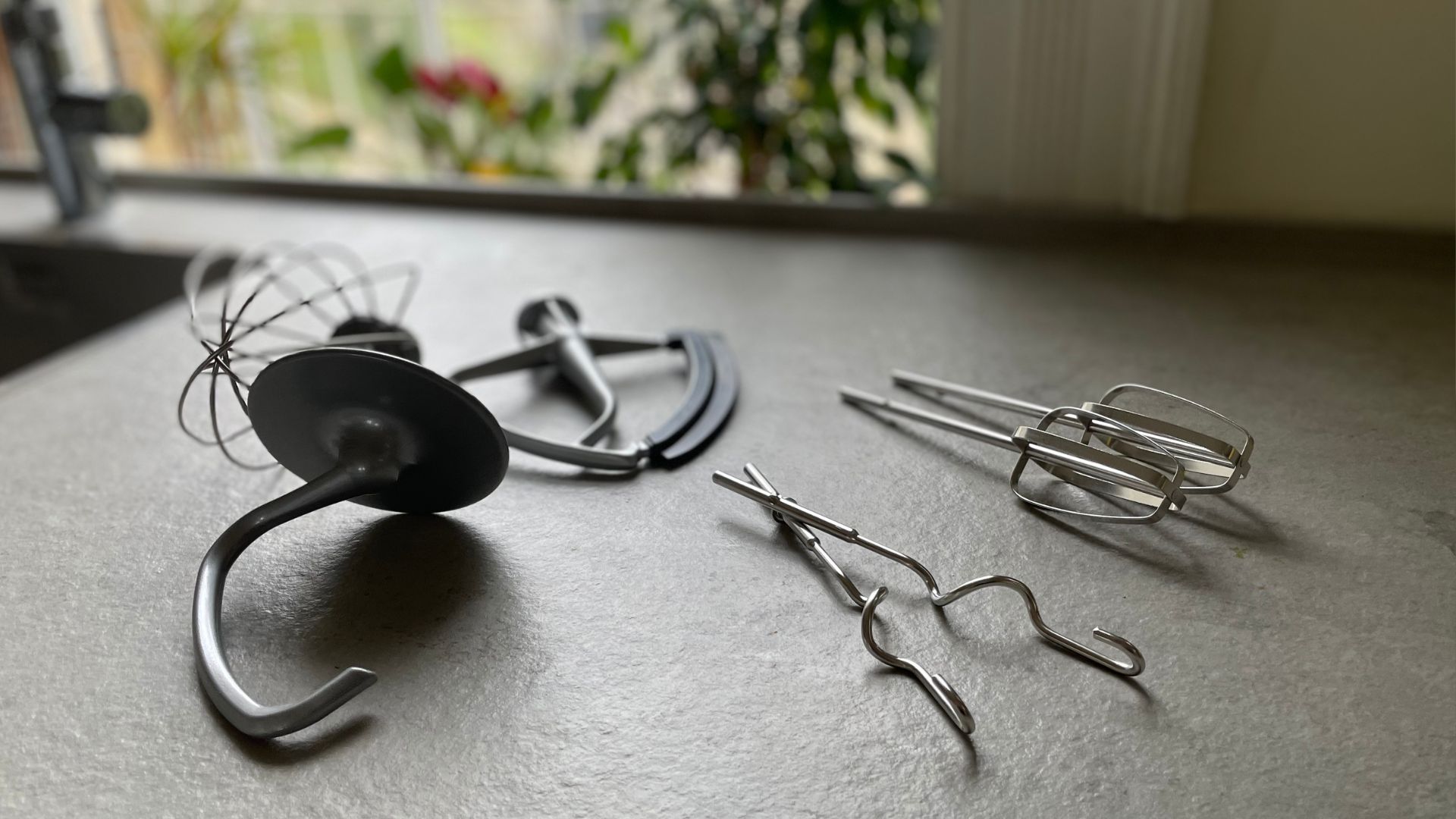
From the outset, the range of accessories on the market is much vaster and more varied for stand mixers. I'd say this is because they're big investments and big appliances, so people like to make sure theirs are as versatile as possible. The KitchenAid attachments are some of the best on offer: you'll find ice cream makers, bread bowls, food processors, and more in their range of accessories.
Hand mixers don't get the same treatment. In fact, I don't think I've ever seen an attachment that's anything more than one of the basic three: mixer, whisk, or dough hook. Often, as with the Kenwood GO, the mixer and whisk end up being combined into one appliance to save space for your storage. That's one of the main reasons that Bernard Janssen, Zwilling's Executive Chef, recommends hand mixers for "casual bakers, people with limited kitchen space, or anyone who doesn’t need the power of a stand mixer but still wants something more efficient and less physically taxing than mixing by hand."
Kneading bread dough
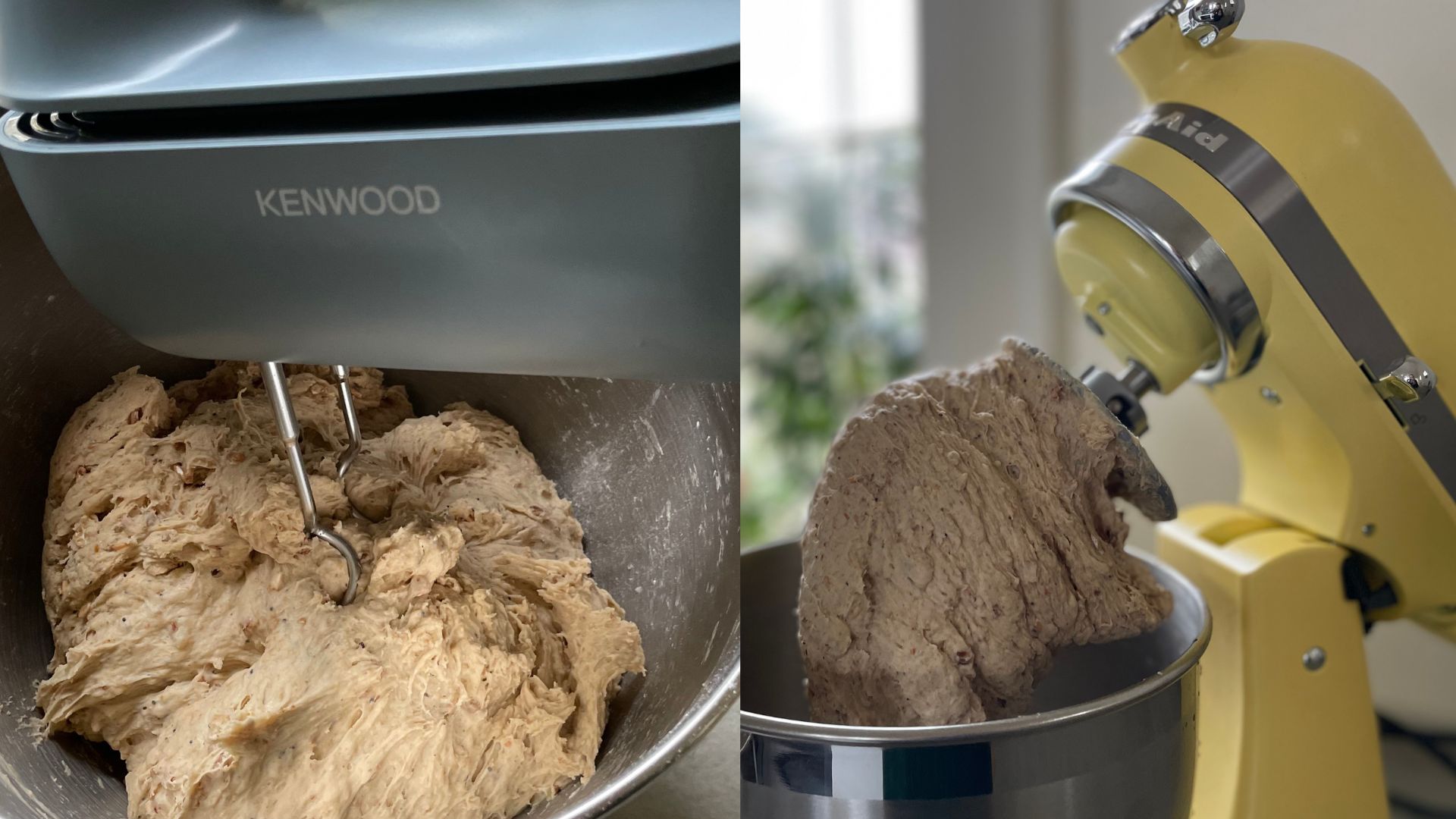
When I was putting the hand mixer and stand mixer head-to-head, I started out with bread dough. The amount of flour that I need to make a loaf that'll last my family though the weekend is about 750g, so I bought a large back of wholemeal flour, put it in the same bowl, and used the hand mixer and stand mixer to knead.
I left the stand mixer to its own devices for five minutes and came back to springy, elastic dough. It's a very easy, hands-off experience, which Bernard Janssen emphasised when he was explaining where he thinks stand mixers really shine.
"A stand mixer wins when you need power and consistency. If you’re making bread, pizza dough, or thick cookie batter," he says "it can handle the heavy lifting without straining your arms. It’s also better for recipes that require long mixing times, like kneading dough for 10 minutes, because it works independently while you do something else."
On the contrary, the hand mixer really struggled as my dough came together. It was fine integrating the oil and water into my flour, but as resistance increased, it wasn't very comfortable on my wrist, nor was the kneading very effective. I'd say it saves you the mess of the first few minutes of kneading, but you'll need to have about seven to eight minutes worth of arm strength left for hand kneading afterwards.
Cake batter
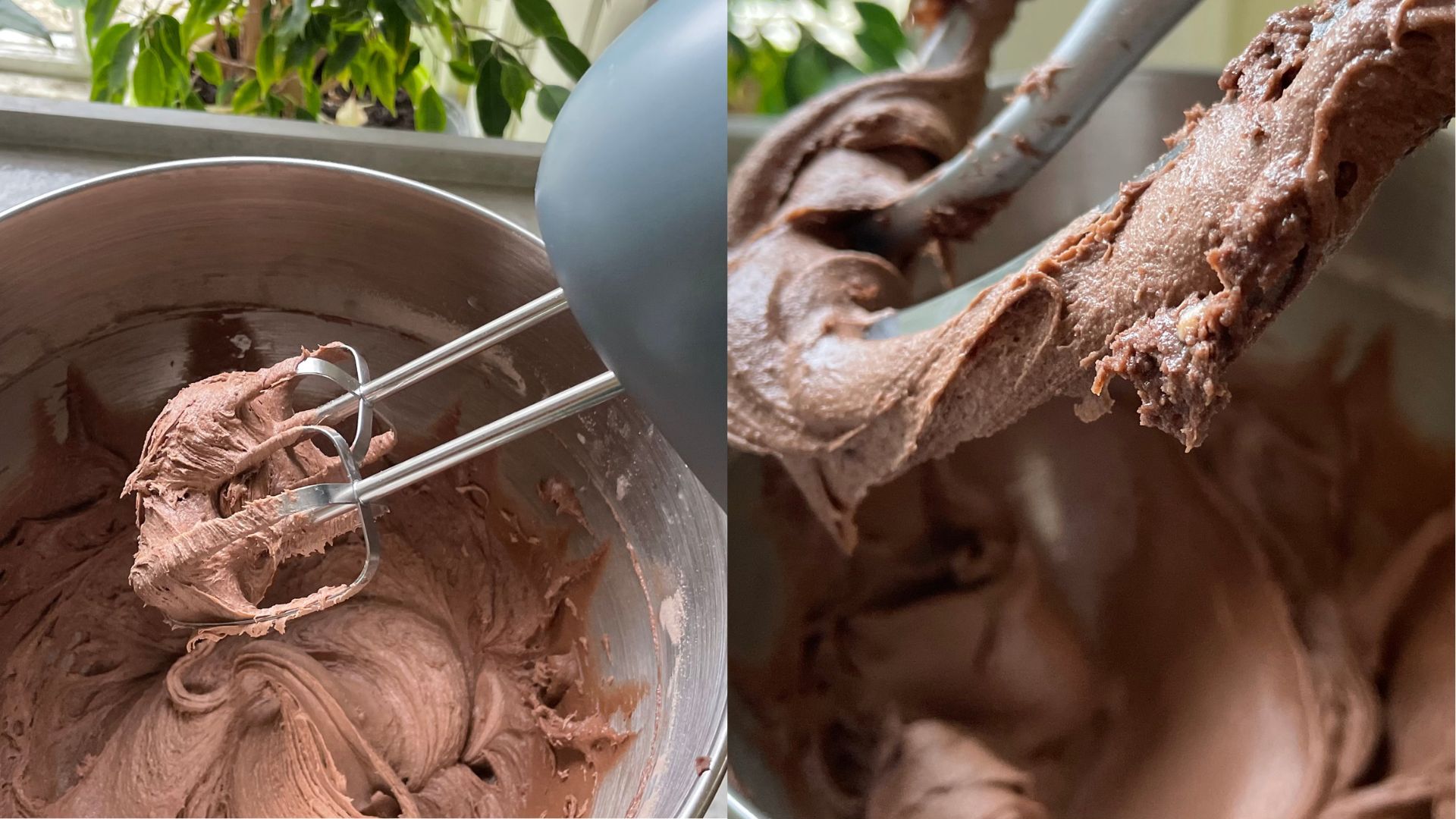
Both the hand mixer and the stand mixer whizzed through this test. Again, the stand mixer worked much more independently, but the hand mixer put up a great fight. One of the common issues that people have with cheap stand mixers is that the attachments can't quite reach the bottom or the sides of the bowl, so you end up having to intervene in the process. That defeats the whole 'independent' USP of stand mixers, whereas a hand mixer will work exactly where you direct it to. There won't be any untouched batter at the bottom if you don't want there to be. The only catch is that they can't reach as deeply if you're filling a mixing bowl with your cake batter.
Whisking cream
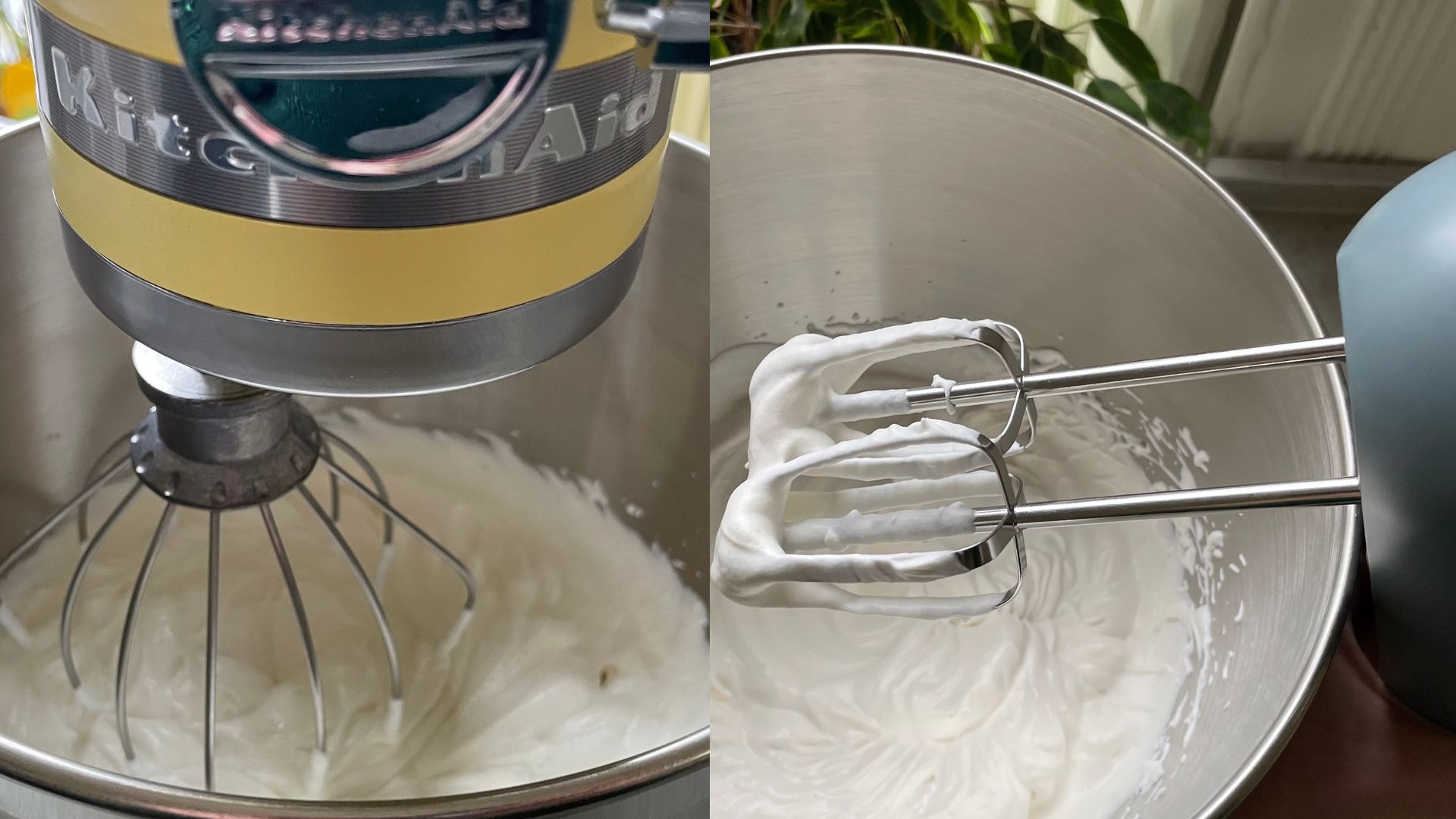
It's a similar story here, except that the hand mixer does have an edge. When I'm whipping up 300ml of cream, or less, a stand mixer can be too big for its own good. The cream often sits at the bottom and it only gets tickled by the end of the whisk. Whereas, when using a hand mixer, I can choose a smaller bowl and get a really thorough whip on the cream.
Of course, the beauty of the stand mixer is that it'll blast through cream without making your wrists ache. For the picture above, I had the stand mixer running for just one minute and twelve seconds. To get the same consistency on the hand mixer, I was working the cream for nearly five minutes. There are pros and cons to both.
FAQs
Is a hand mixer better than a stand mixer?
The answer to this really depends on you. A stand mixer is more versatile, powerful, and it'll work hands-free. These are great for budding bakers who want tackle big batches with long mixing and kneading times. A hand mixer is smaller and cheaper, so if you're stuck for space and not sure whether to make an investment, this is the most harmless one you could opt for.
What are the disadvantages of a stand mixer?
I love my stand mixer, but there's no escaping that it's big. Making space for one of these in your kitchen will always require some rearranging and that's not the only thing you'll need to juggle. You can pick up a decent hand mixer for under £100, but a good stand mixer could cost you over £500, so you need to be really sure that you'll like it.
Can you use a hand mixer for baking?
Hand mixers are a great accessory to have for baking. If you're serious about what you're cooking, it's worth thinking about stand mixers, because they're robust, powerful, and a lot nicer to use (you don't have to hold them in place), but for a very casual chef, a hand mixer will do a wonderful job.
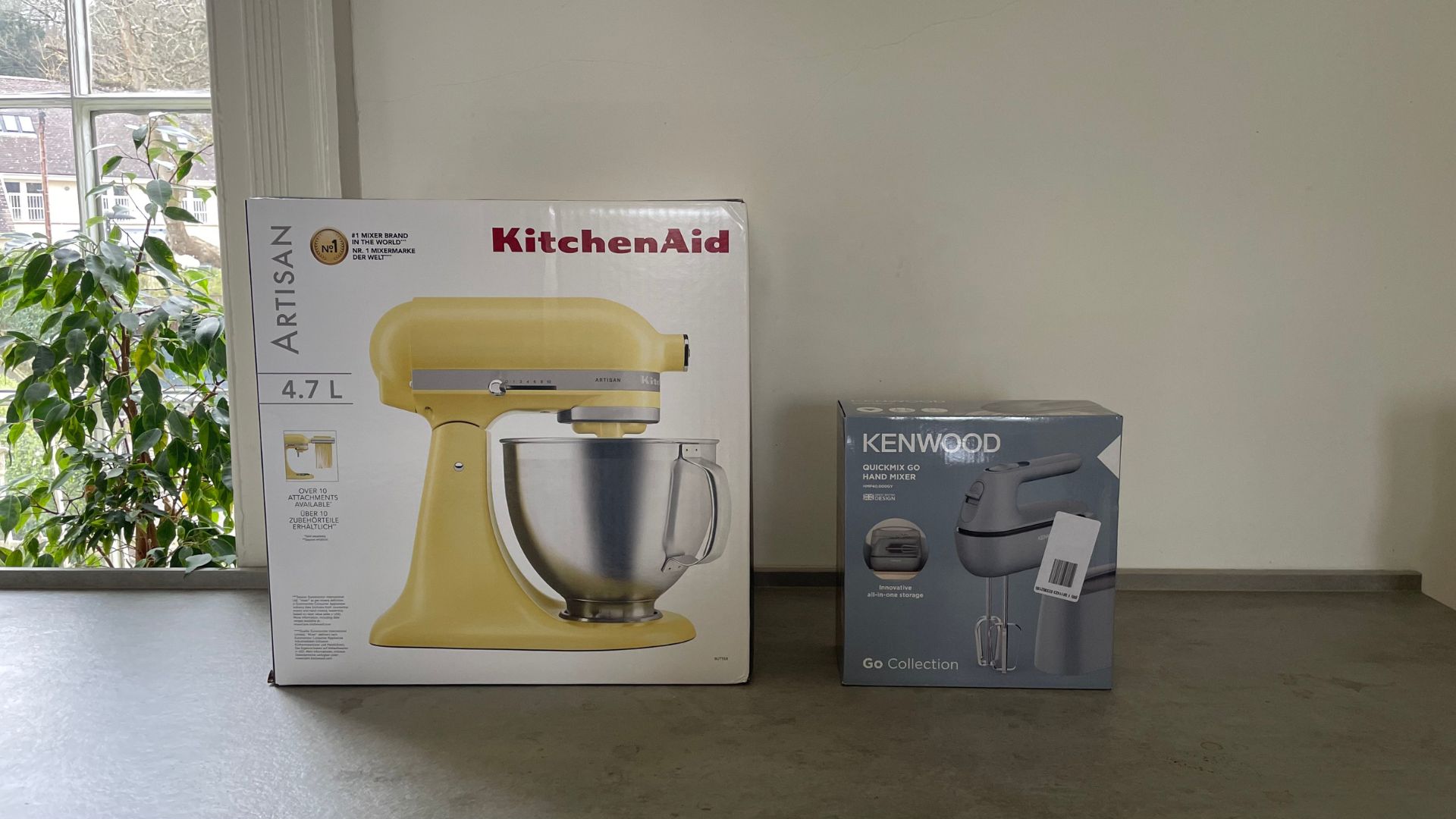
There's a relatively easy way to settle the stand mixer vs hand mixer debate. You need to assess yourself and what you bake. If you're often in the kitchen, whipping up cakes and loaves of bread, a stand mixer is worth the investment. Even though these can be big appliances, I think they're worth making space for. However, if you're a casual baker looking for a little extra oompf every now and again, a hand mixer will be your best friend. Second to diamonds, of course.

Laura is woman&home's eCommerce editor, in charge of testing, reviewing and creating buying guides for the Homes section, so you'll usually see her testing everything from the best dehumidifiers to sizing up the latest Le Cruset pot. Previously, she was eCommerce editor at Homes & Gardens magazine, where she specialised in covering coffee and product content, looking for pieces tailored for timelessness. The secret to her heart is both simplicity and quality. She is also a qualified Master Perfumer and holds an English degree from Oxford University. Her first editorial job was as Fashion writer for The White Company.
-
 We're in awe of Sienna Miller's easy-going and 'piece-y' hairstyle and how perfect it is for spring
We're in awe of Sienna Miller's easy-going and 'piece-y' hairstyle and how perfect it is for springThis laid-back hairstyle is - quite literally - making waves this season
By Naomi Jamieson
-
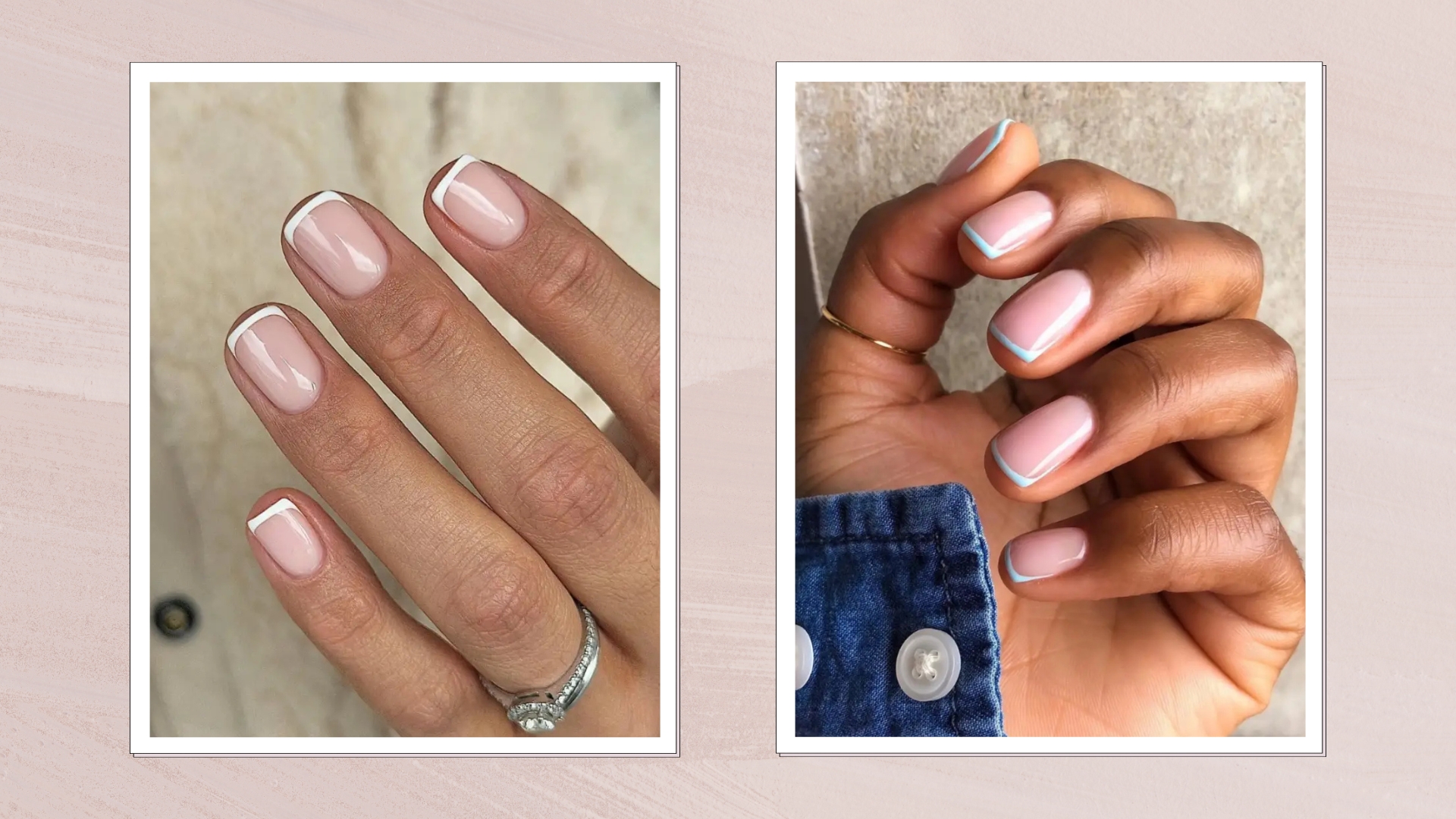 We never thought we'd see this 'dated' manicure make a chic comeback, but here it is - and we're on board
We never thought we'd see this 'dated' manicure make a chic comeback, but here it is - and we're on boardClean and angular, short square French tips are a go-to this season for a practical but stylish manicure...
By Naomi Jamieson